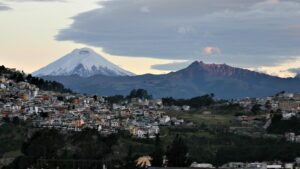Abstract/Description
Melting glaciers are icons of the climate crisis and severely impact local geohazards, regional freshwater availability, and global sea levels. The United Nations have designated 2025 as the International Year of Glaciers’ Preservation (IYGP; https://www.un-glaciers.org) to raise global awareness of glaciers’ importance and ensure that those relying on them or affected by their vanishing have access to the necessary data and information services. Starting in 2025, the 21st of March of each year will be recognised as the World Day of Glaciers. The World Glacier Monitoring Service (WGMS) – together with the United Nations Educational, Scientific and Cultural Organization (UNESCO) and the World Meteorological Organization (WMO) – helps to coordinate the implementation of the international glacier year and provides key facts and figures for related activities. Our presentation provides an update on regional to global glacier mass changes, including first estimates for 2023/24, as well as an update on the latest WGMS data and information products. We also highlight the importance of well-coordinated international glacier monitoring by the WGMS collaboration network, which combines field observations and remote sensing to track ongoing changes and related downstream impacts. In addition, we provide an overview of national events in preparation for the 21st of March, showcase ongoing projects to foster real-time monitoring, satellite intercomparison exercises, efforts toward a digital twin component for glaciers, and an outlook on the United Nations Decade of Action for Cryospheric Research 2025−2034.


